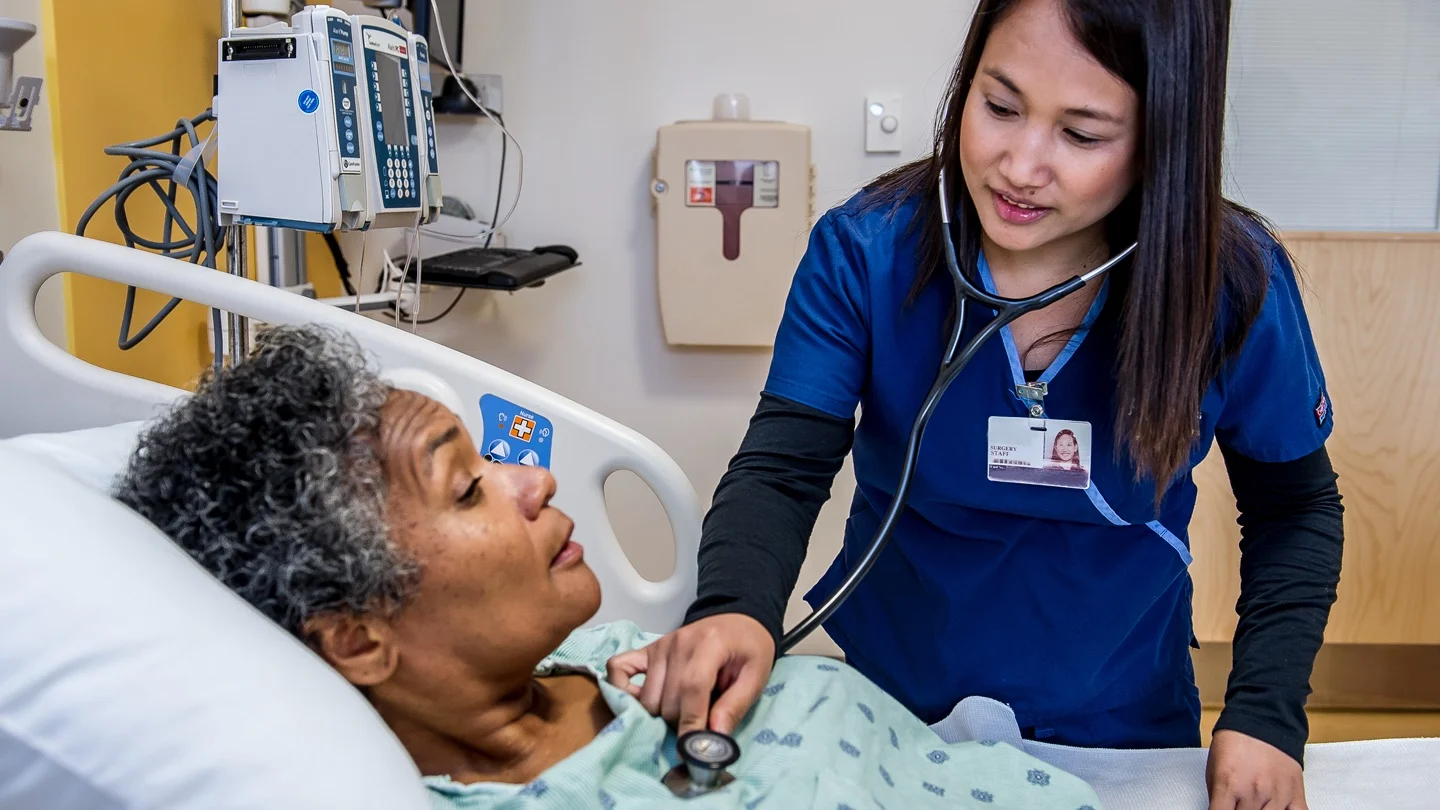Today our topic of discussion is Components of Pacemakers.
Components of Pacemakers

Components of Pacemakers
Pulse Generator
Battery cells power pulse generator. Lithium batteries lasting 6 years or more are used in most pacemakers. Nuclear powered pacemakers (Plutonium 238 source) can last 20 years or more. Other pacemakers can have their batteries recharged; externally when the generator battery fails the implantable unit that contains the batteries must be replaced surgically.
The pulse generator has several controls. They are energy output, heart rate and pacing node. Energy output refers to the intensity of the electrical impulse delivered by the pulse generator to the myocardium.

The amount of output is measured in milliamperes (MA). The MA setting is regulated by the physician at the time of pacemaker insertion and is set at the lowest level that will produce depolarization. A setting of 1.5 MA usually is sufficient to cause depolarization.
Heart rate: Heart rate is set according to the desired therapeutic aim and the clinical condition of the patient. Heart rate is usually set at 70-80 beats/minute. If the purpose of pacemaker is to suppress dysrhythmia the rate usually is set higher often 100-120 beats/minute.
Mode of Pacing
There are two modes of artificial pacing. Fixed mode and Demand mode. In the fixed rate mode, the pacemaker fires electrical stimuli at a preset rate regardless of the person’s inherent rhythm. Asynchronous pacing is rarely used.
The most popular mode is demand or standby. The electrode at the tip of the pacing wires able to sense the person’s heart beats. The pacemaker produces a stimulus only when the persons own heart rate drops below the rate per minute preset on the generator by the physician. Temporary pacemakers are limited to atrial or ventricular stimulation.
Types of Pacemakers
- Temporary pacemakers
- Permanent pacemakers.

Depending on the place of action:
- Stimulation of ventricles only:
–QRS inhibited demand pacing
–P wave triggered ventricular pacing
- Stimulation of atria only required the presence of a normal conduction system.
- Stimulation of both atria and ventricles.
Read more:
